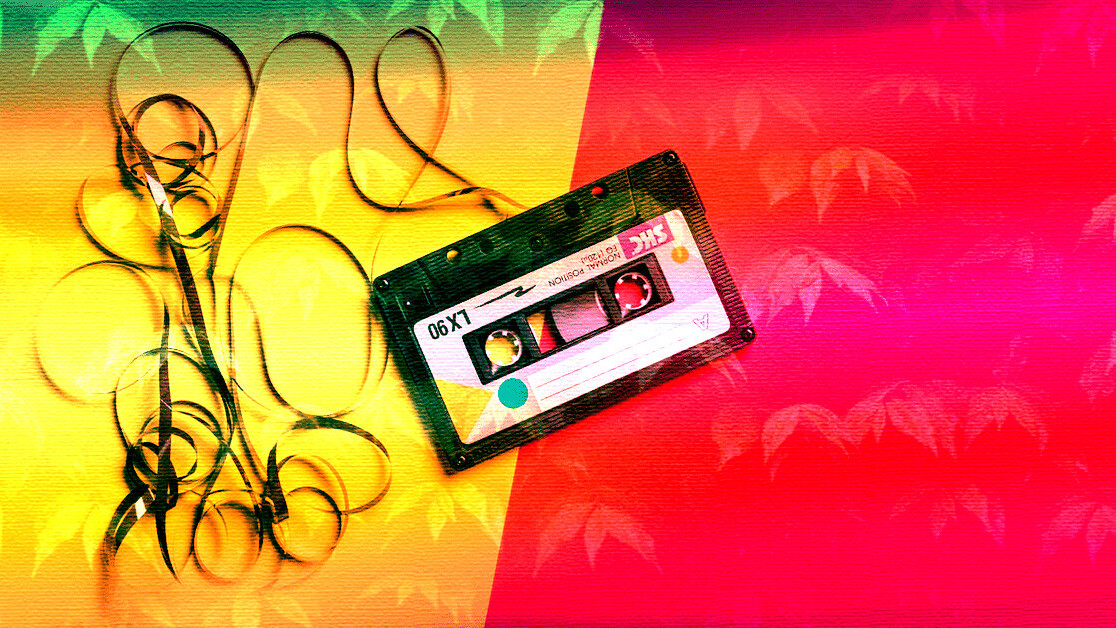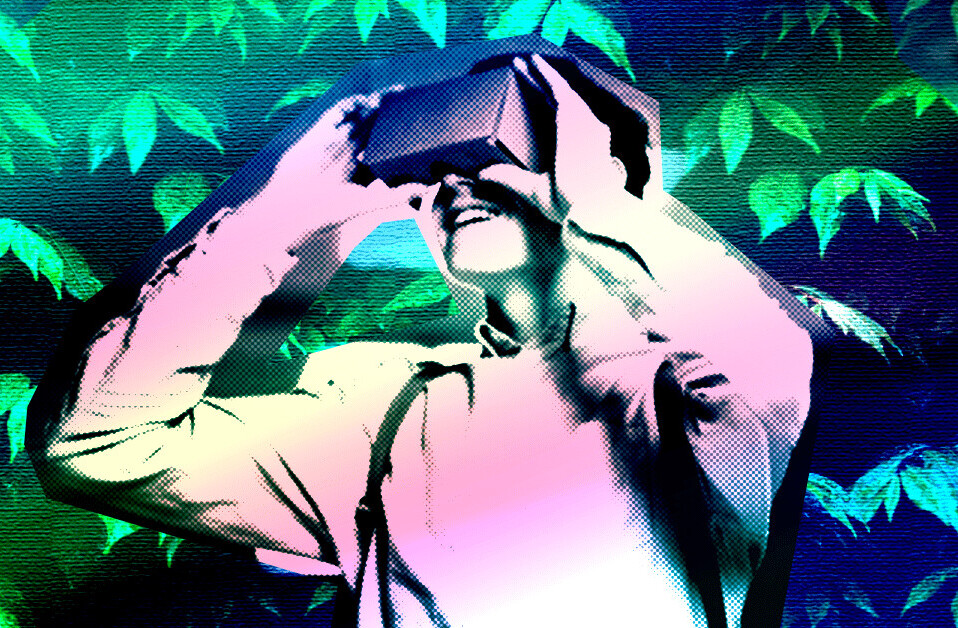
We’re living a lot of our lives virtually, increasingly looking to digital channels and platforms for shopping, entertainment, and educational needs. Unsurprisingly, many people now have their first encounter with a brand online yet marketers are letting the sound of their brand blow away in the wind.
Few are paying attention to crafting an effective and recognizable sonic signature, which is ridiculous when you think how much sound and music play a role in our experiences across the burgeoning number of new platforms.
Of course, I might be a little biased, but the fact is there are huge opportunities for brands to make a connection through sound — if they can figure out the right way to differentiate themselves.
Sound and emotion
In the past year, we have seen huge audience behavior shifts when it comes to sound, which means marketers need to think more strategically about the role that music branding can play in forging a deeper relationship with their customers.
They need to pause and reflect on how they personally feel about various sounds and music — I know what emotions are evoked for me when I hear the electric hum of a tattoo machine, or the tranquil, ambient sounds when walking in nature. Marketers can then start to imagine what feelings they would like to evoke via sound in their audiences.
When we hear ‘sonic logos’ we consciously understand we are hearing a brand sound for a few seconds. What we may not realize is that a good strategy behind many sonic identities means we’re subconsciously hearing something that is determining how we feel over time. And that is very powerful.
What do I mean? People usually point to the sonic identity developed by Intel as a good example — simple yet iconic:
There is also Coca-Cola and its iconic suite of sonic assets — the sound of the bottle opening, the ice cubes in a glass, and the more obvious five-note sonic logo. The video below does a good job summarizing the work behind the soundscape.
Have a listen and see just how seamlessly this strategy has been embedded. This isn’t luck — Coca-Cola’s marketers understand the science that proves the effectiveness of sound, and continue to reap the benefits today.
Every brand wants this but they want it fast. Few understand how to execute a sonic experience strategy properly, opting instead to simply slap on a quick-fix sonic logo as a short-term tactic and then expecting long-term results.
It’s not easy — pitfalls await the unprepared. Even a brand as innovative and focused on the customer as Netflix can trip up.
I can’t be the only one who felt Netflix’s new cinematic sonic brand was clichéd and unoriginal despite the adaptation of their sonic logo being composed by the legend Hans Zimmer. Nothing about the brand is evoked and there seemed to be little else in terms of strategy and rollout.
The science of sound
But does any of this really matter? Well, you don’t have to just take my word for it — it’s backed up by studies. Research carried out at the University of Leicester in the UK discovered that brands that use music that is aligned with its identity are 96% more likely to be remembered by the consumer, versus brands that use ‘unfit’ music or no music at all.
The findings of the 2020 Power of You Ipsos report confirmed that brand assets such as sonic brand cues are more effective than assets leveraged from wider culture, such as celebrities.
The associations between a specific brand and celebrity fade over time or become obscured as the person signs up to more and more partnerships. A sonic signature is unique.
The research shows how a cohesive and compelling sonic strategy fuels positive recall and steers behaviors. The challenge is how to inject audio into a brand’s ecosystem.
So how do you create a strategy for soundscaping your brand?
Well, you can take a page from my book.
When I and my team first meet with brands, we look incredibly closely at the overall business and brand objectives. We dive into whether this is a new brand, a repositioning or rebrand, or whether they just need to cut through a cluttered market. We form an internal map and understand the brand’s personality — their tone of voice, language, who they are talking to, and who they see as competitors.
This helps us match sounds to their unique values — a crucial part of the strategy and where many brands slip up. Rather than looking to their own identity, brands often look to competitors and the ‘sound of the sector’ meaning brands start to sound the same. For example, can you think of an individual utility company’s sonic identity right now?
I see a lot of the same errors in judgment when brands blindly tap into a music zeitgeist in order to try and reach a younger demographic — don’t do this. They miss the mark because they’ve strayed outside of what the brand stands for or what it means to consumers.
This doesn’t mean your brand shouldn’t look to diversify or understand what different audiences want — but simply adding a grime soundtrack to a campaign to appear ‘cool’ will do nothing for brand equity.
A more effective approach to using sound in the most culturally relevant way is to spend time figuring out a clear direction for how your brand should sound in and of itself, and then make it flexible enough to tap into other genres and artists.
Why I’m lovin’ McDonald’s strategy
McDonald’s did this brilliantly nearly two decades ago with its partnership with Justin Timberlake on the track ‘I’m Lovin’ It.’
After the strategy was conceived the song was released and that now-iconic five-note mnemonic (ba-da ba ba baaaa) started appearing in all brand advertising which meant they reaped the benefits of teaming up with a popular artist without straying from their own brand identity.
Simply licensing one of his songs would have been more costly and would never have had the same long-term brand-building that this strategy generated.
So how does a brand balance cool with its own values and doesn’t then run the risk of quickly becoming dated? For example, capitalizing on a trend like TikTok without looking try-hard and lost. Bose just launched a really popular TikTok challenge using the hashtag #CancelTheNoise and featured a cool and accessible custom-made track — this worked for the platform’s format, reflecting the personality of Bose whilst also appealing to both younger and older users.
Recently, Gucci strategically found a way to reach younger audiences and be ‘trendy’ without renouncing its values. Collaborating with director Gus Van Sant, the brand created its first digital film series featuring musicians Billie Eilish, known for her love of the designs, and Creative Director Michele Allasandro’s muse Harry Styles.
Peloton recently announced a strategic partnership with Beyoncé. The brand took the data that proved she was the most requested artist by Peloton owners and then used the partnership to celebrate students at historically black colleges and universities, placing purpose at the core whilst appealing to the fan-base of one of the biggest musicians in the world.
I think we’re coming to the end of one of the most interesting and challenging periods in recent history. Brands have struggled and yet face enormous opportunities to evaluate and update as they work to match rapidly-changing consumer behaviors.
It is my hope that smart marketers soon realize that simply slapping a quick-fix sonic logo on their ad and playing it repetitively offers little more than basic consumer recall, while strategic sonic branding has so much more potential to build brand love.
Sounds exciting, doesn’t it?
Get the TNW newsletter
Get the most important tech news in your inbox each week.





